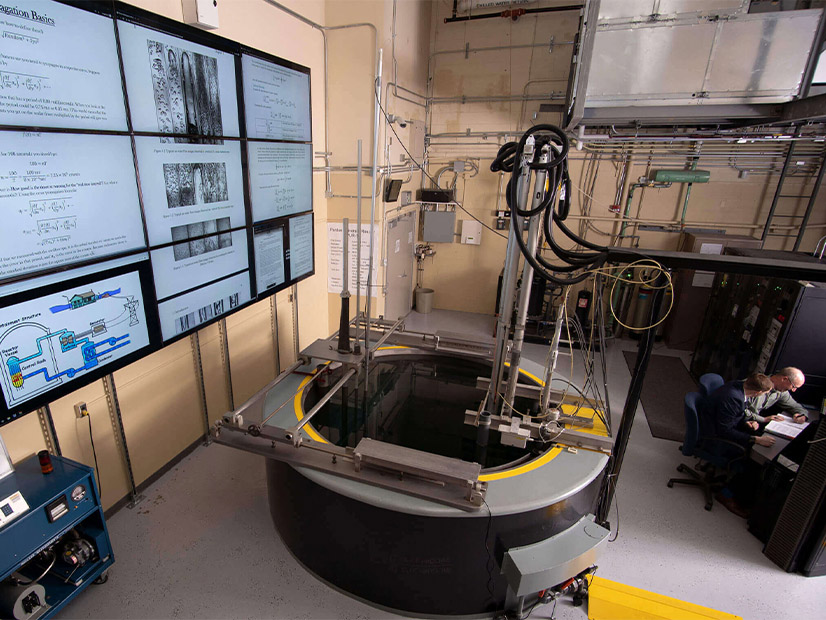Purdue University and Duke Energy said they will collaborate to possibly bring in a small modular nuclear reactor (SMR) as the campus’s power source.
The two announced the move late last month. They now plan to hold meetings and conduct joint studies on the feasibility of using an SMR to meet the West Lafayette, Ind.-based university’s long-term energy needs and possibly sell excess power to the grid.
“No other option holds as much potential to provide reliable, adequate electric power with zero carbon emissions,” Purdue President Mitch Daniels said in a press release. “Innovation and new ideas are at the core of what we do at Purdue, and that includes searching for ways to minimize the use of fossil fuels while still providing carbon-free, reliable and affordable energy. We see enough promise in these new technologies to undertake an exploration of their practicality, and few places are better positioned to do it.”
Duke Energy Indiana President Stan Pinegar said the nuclear technology could advance a clean energy transition by reliably complementing intermittent solar and wind resources.
“As the largest regulated nuclear plant operator in the nation, we have more than 50 years of experience with safe, reliable operations. We can share that experience with one of America’s premier engineering schools to see what this technology could do for its campus as well as the state,” he said.
Duke operates an 11-plant nuclear fleet across six sites in the Carolinas that is capable of generating almost 11 GW of electricity. Duke said in 2021 that the plants had a record capacity factor at 95.7% and “avoided the release of more than 50.5 million tons of carbon dioxide.”
Purdue said its respected nuclear engineering programs make it “uniquely qualified to evaluate this giant leap toward a carbon-free energy future.” The school currently experiments with, develops and verifies the steel-plate composite construction used in SMRs at its Bowen Laboratory through the Center for Structural Engineering & Emerging Technologies for Nuclear Power Plants.
“Steel-plate composite technology is fundamental to successfully deploying SMRs within budget and on schedule,” Purdue engineering professor Amit Varma said. “We have the world’s pre-eminent team and facilities to conduct the testing, analysis, design and construction demonstration to actualize the potential of this technology.”
Michael B. Cline, Purdue senior vice president for administrative operations, said the exploration offers a “timely opportunity for Purdue to work with our partners to explore whether nuclear energy can be a practical and affordable option to meet our long-term needs.”
Today, Purdue draws on a combination of power purchased from Duke and generation from its own Wade Utility Plant to power the campus. The university’s combined heat and power plant uses steam from three natural gas boilers and one coal boiler to supply heat, electricity and chilled water to cool facilities.


